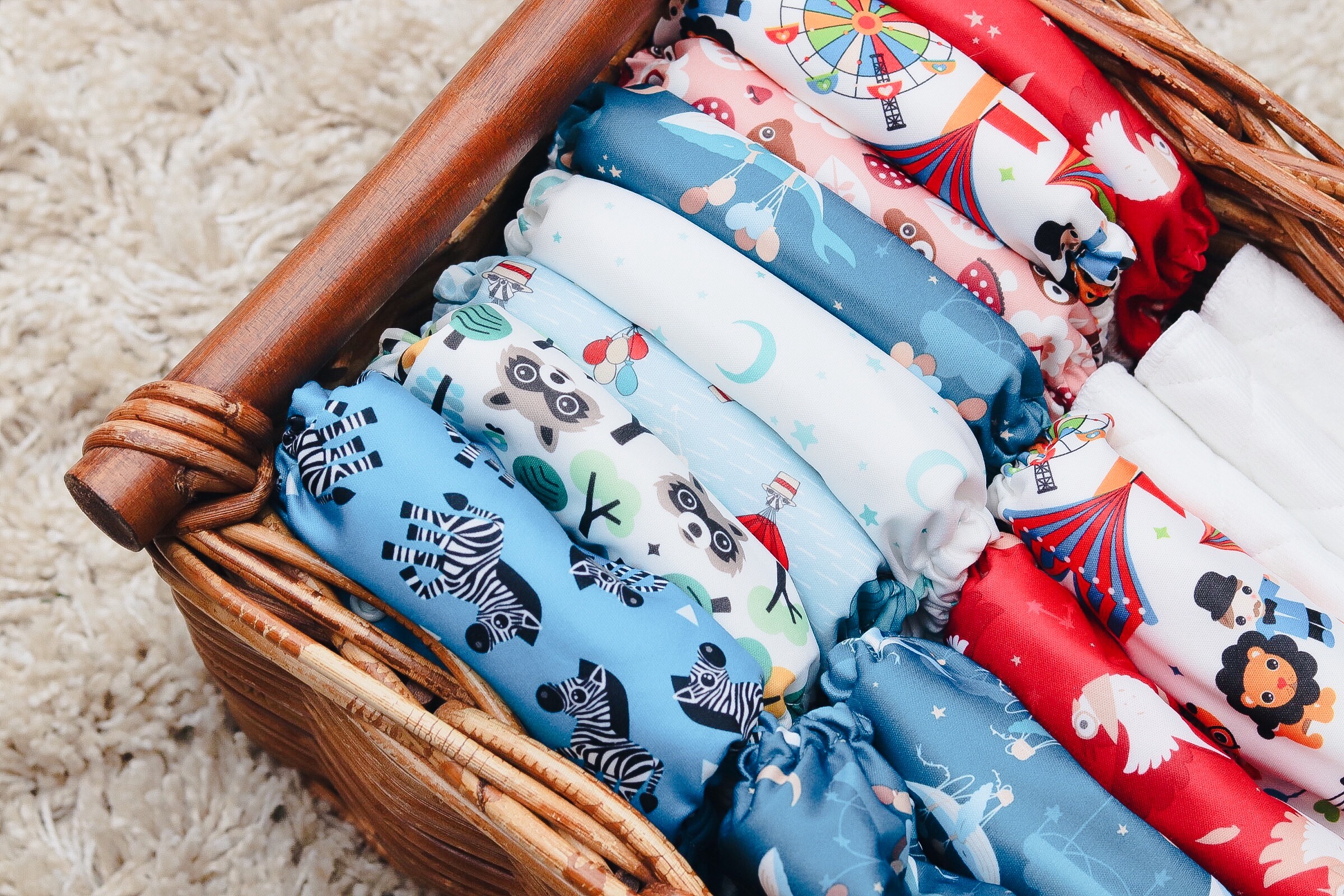
Once you have made the decision to make the switch to cloth nappies, choosing which style is best for you and your little one is the next step. There is an overwhelming amount of information regarding cloth nappies out there. In this post, I am focusing on the different types of cloth nappies that are out there. Don’t forget, that a lot of your local councils have Nappy Trial kit scheme. These schemes allow parents to have access to a free cloth
nappy Trial Kit to allow them to make an informed choice about using cloth nappies, and which types are
best for them and their baby.
Did you know…
It is estimated that the cost of using disposable nappies varies from £210-£450 per year depending on the brand. As most children don’t potty train until at least 2 years old, the cost to parents for each child is normally at least double this. If not more. The cost of cloth nappies ranges depending on the type of nappy you choose. Although it can be considered expensive to start, the savings over two years can be anywhere
between £80-£700.
You can buy enough cloth nappies to last your baby from birth to potty for as little as £80, although enough shaped and all-in-one nappies are more likely to cost around £350. So although cloth nappies cost more than disposables in the first instance, the savings become apparent over time. Also, provided your nappies are well-cared for, they will easily last the distance for at least two children so the savings will continue to stack up!
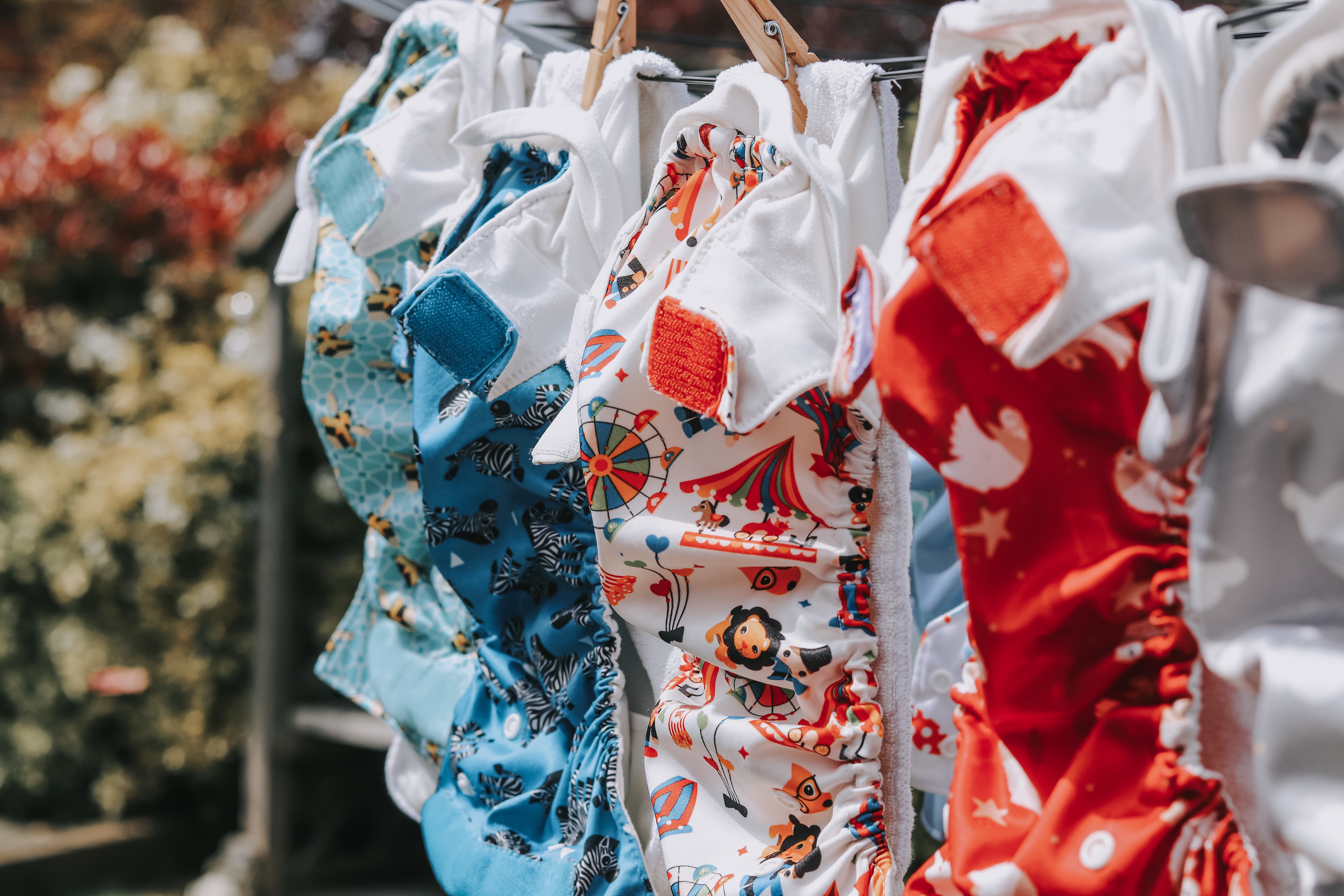
So lets get to it. Below I am going to talk about each system that Is available. I will also let you know the system we currently use for Molly.
The 3 types of cloth nappy inserts (all require a cover)
PREFOLDS
A flat square made of several layers of cotton which is stitched into 3 sections . The middle
section has more layers than the others. You need a nappy cover or pocket nappy over them. These are a more modern version of the old school flat. Prefolds can be folded in half (colored seam to colored seam for girls) or trifolded (for boys) as an extremely effective and cost effective insert with a nappy cover or pocket nappy.
Popular Brands: Osocozy, Nikki’s Diapers, Green Mountain Diapers Prefolds
FLATS
A flat square made of terry towelling which requires folding and a fastener to form a nappy. This is your basic, old-school way of cloth nappying. There are a variety of fold types you can try as well. Flats are very economical and versatile. You can use muslin squares (or burp cloths) in the same way. The other great thing bout these is that they are super quick to dry
Popular Brands: Osocozy, Nikki’s Flats
FITTED NAPPY
Fitted nappies are designed to be exactly like disposable nappies. They (just like disposables) have Velcro tabs and need to have a waterproof cover over the top. These nappies are the preferred bedtime nappy as you can also add inserts to up the absorbency.
Popular Brands: TotsBots Bamboozle Stretch Nappies
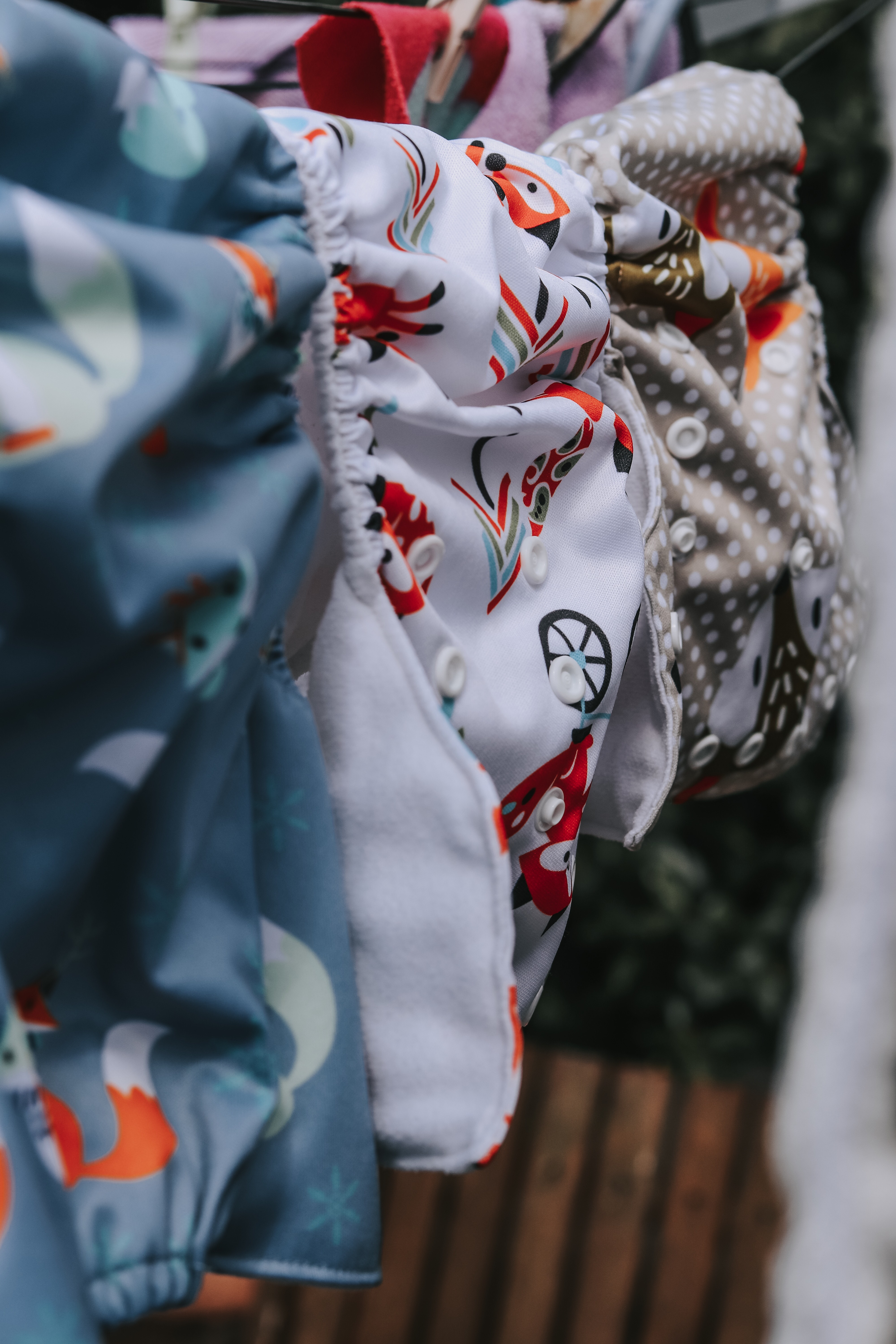
Types of materials/fabric Inserts
Bamboo
Bamboo is also a highly absorbable natural fiber that becomes more soft and absorbent after each wash which means they have to be prepped before hand. They are up to 60% more absorbant than cotton.
Hemp
Hemp is a natural fiber. It is thinner, softer, extremely durable and becomes more soft and absorbent with each wash. holds two and a half times more liquid than microfiber but need to be prepped and washed a few times to remove the natural oils and increase their absorbency.
Charcoal
Great Absorbency: Are perfect choice for your heavy wetter – 5 Layers, 3 layers of microfiber sandwiched between 2 layers of charcoal bamboo, can absorb a lot of moisture and won’t bunch up inside of the diaper. Bamboo Charcoal is porous, It wicks the moisture away from your baby’s bum to keep them dry and comfortable.
Microfiber
Microfiber is a synthetic material and is the fastest drying, least expensive type of cloth nappy material. Unlike some of the others, it doesn’t need to be prepped when purchased. Due to the type of material, microfiber also tends to hold onto unwanted smells more, meaning more frequent strip washes. Lastly, when using this material for your tiny human, it’s best to have a liner between the microfiber and your baby’s skin. Microfiber sucks out moister so well that it will dry out your little baby’s bum and create rashes.
Cotton
Cotton is also another natural fiber and one of the most popular materials for cloth nappies and inserts. It is comfortable, relatively low-cost and absorbent, though not as absorbent as bamboo or hemp. So you would probably need to use a few of the inserts at a time to try and avoid any leaks.
Mio Bambino AIO
The 5 types of cloth nappy “systems”
NAPPY COVERS (Shell)
Nappy covers are a “shell” made out of water resistant fabric. These covers require any one of the cloth nappy “inserts” from the section above and are part of a two piece system.
Popular Brands: Alva Baby TotsBots
POCKET DIAPERS
Pocket nappies usually come with an insert you slide in. But you can buy your own inserts or prefolds to stuff inside. A pocket nappy works like a pillowcase: there is an opening on one end and you stuff the insert inside. We have a few of these and LOVE them! We are planning on getting quite a few more.
Popular Brands: Alva Baby Littles & Bloomz Thirsties Blueberry
ALL IN ONE (AIO)
Notes: All in ones are known as the “premium nappy”. These are the ones we mainly use with Molly. There are absolutely no steps: no stuffing or inserts. AIOS are one piece just like disposables. They are usually more expensive than other cloth nappy systems (but still cheaper than disposables!) if you buy them brand new. If you are OK with buying them second hand, you can save yourself some ££.
Popular Brands: Alva Baby BumGenious, Mio Bambino, Thirsties Blueberry
ALL IN TWOS (AI2)
The AI2 system falls somewhere between a pocket nappy and an all in one nappy. The all in twos are like lined nappy covers with a snap in insert.
Popular Brands: SoftBums, Alva Baby
I hope this post will help some people understand the different cloth nappies out there. I’m sure there are some amazing brands that I’ve missed!
Do you use cloth nappies? What are your go to brand?
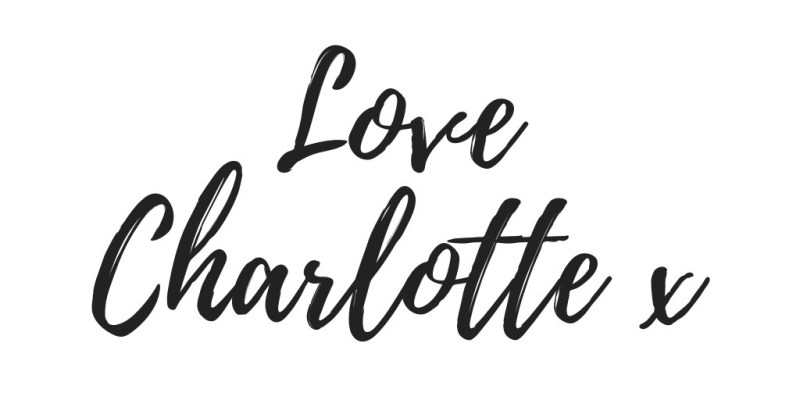
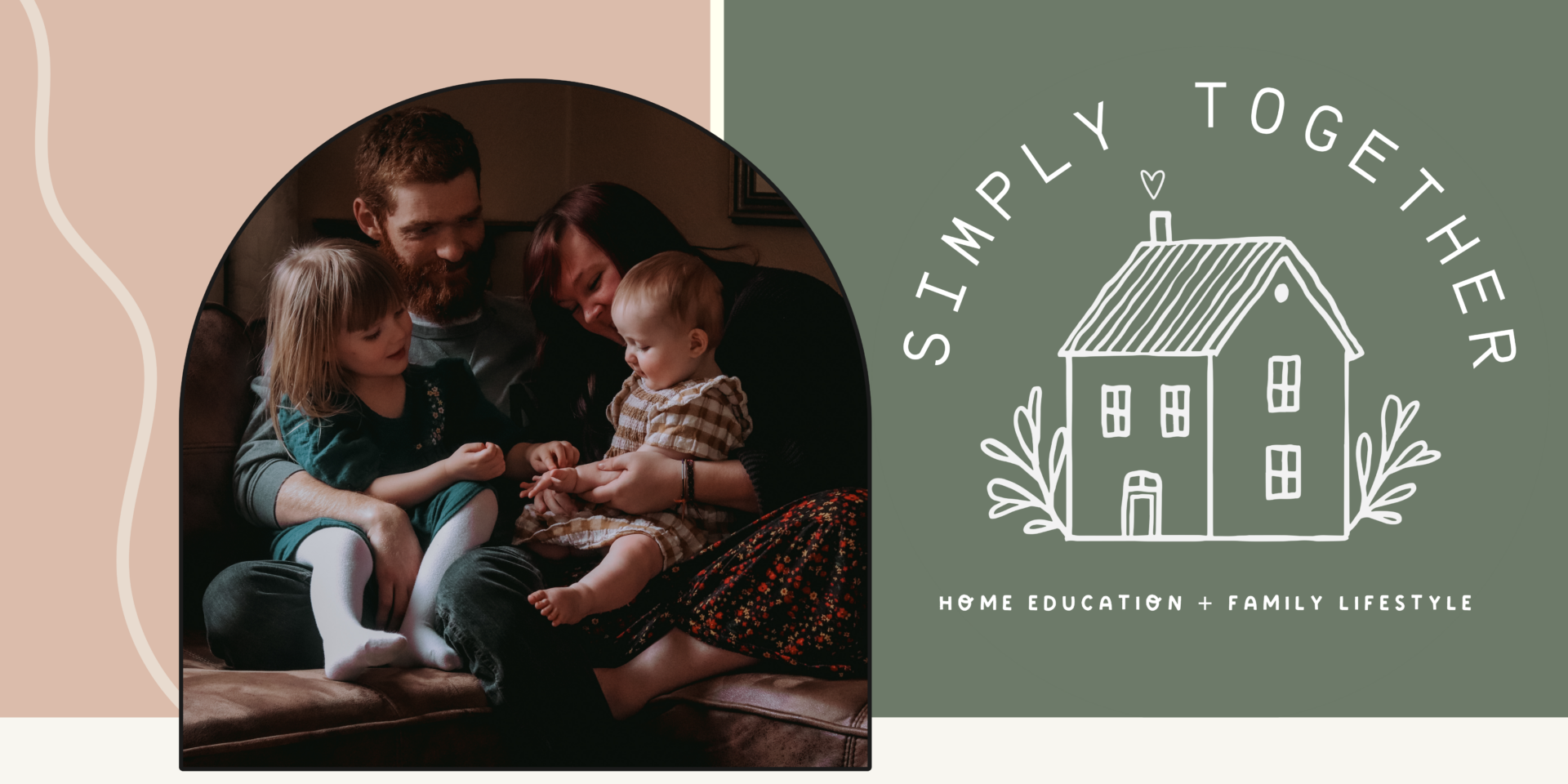


I know nothing about cloth nappies but it’s so interesting to learn more about all the different types etc! I’d love to do it myself but my partner would never be on board with it. x x